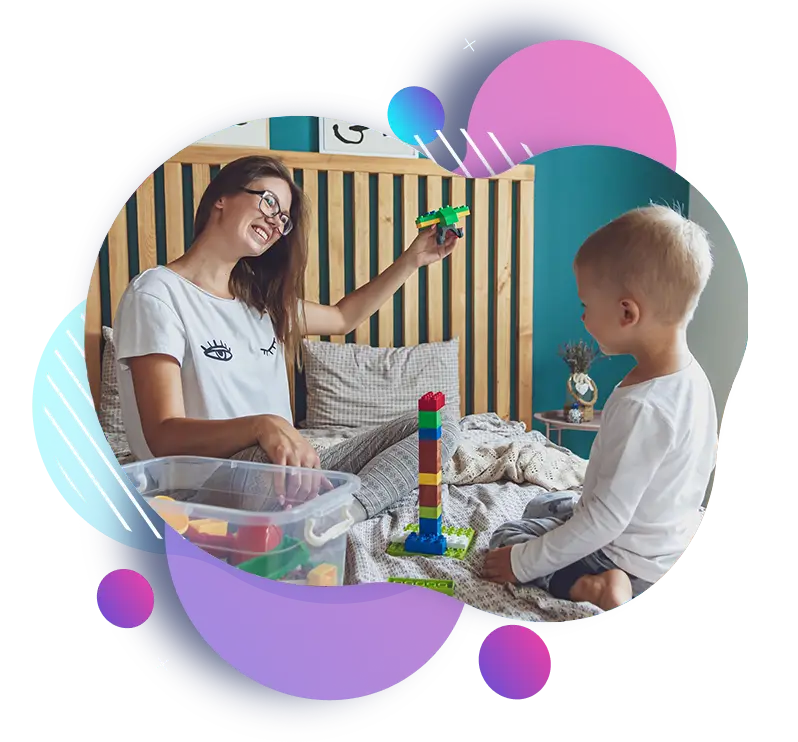

Parent coaching is vital for assisting families in supporting their child with autism. It equips parents with practical strategies and tools to address their child's needs and foster a positive home environment. Coaching focuses on effective communication, behavioral techniques, and emotional support, helping families create a nurturing space for their child's development.

Education & Skill Building: Parents learn about autism, evidence-based practices, and strategies for communication, behavior management, and social skills.
Collaborative Goals: Parents work with professionals to set and achieve developmental goals, applying interventions at home to reinforce progress.
Ongoing Support & Advocacy: Continuous coaching helps parents adapt to challenges, while advocacy training empowers them to effectively communicate their child's needs in various settings.
Parent coaching combines education, collaboration, and ongoing support to enhance a child's development and well-being.




Parent coaching for autism provides parents with strategies and support to effectively address their children's unique needs and enhance their development. It includes guidance on communication, behavior management, and creating a positive home environment.
Parent coaching helps by equipping you with practical tools and techniques to support your child's development. It offers strategies for managing behaviors, improving communication, and fostering a supportive and nurturing environment.
Coaching sessions typically cover effective communication strategies, behavior management, daily routines, and emotional support. The focus is on providing practical solutions tailored to your child's specific needs.
The frequency of coaching sessions can vary based on individual needs. Typically, sessions may be weekly or biweekly, but this can be adjusted based on your family's goals and progress.
Parent coaching is not a substitute for professional therapy but complements it. It empowers parents to support their child's development effectively and works alongside other therapeutic interventions your child may be receiving.
